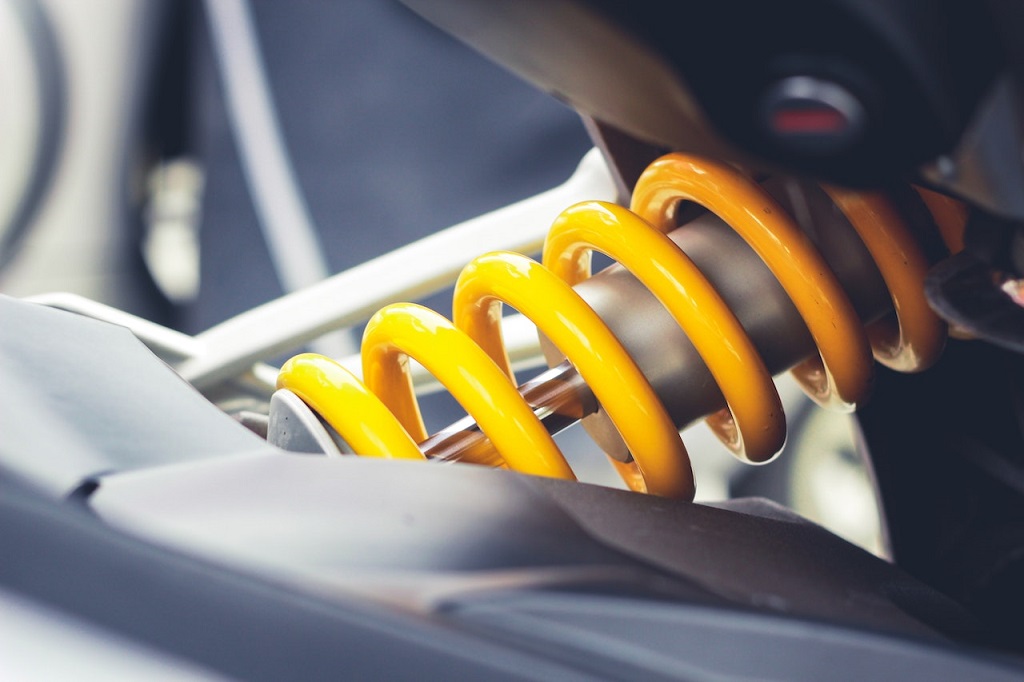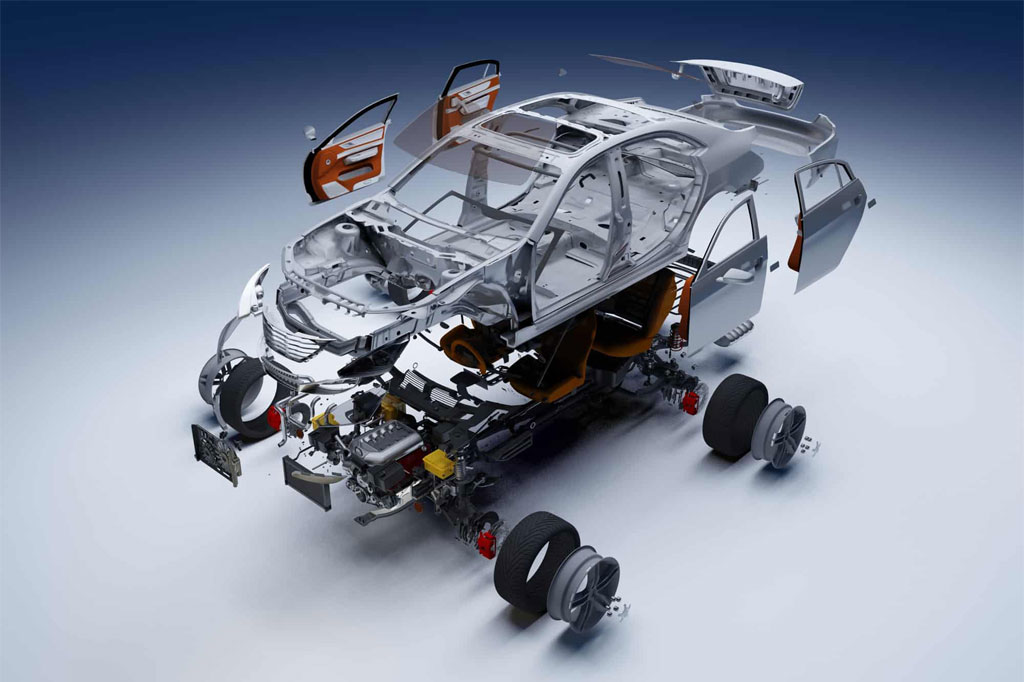-





Blog Detail
Automotive technology continues to evolve, with a focus on improving performance, efficiency, and durability. In this pursuit, engineers and manufacturers are increasingly turning to innovative materials and coatings. One such material that has gained prominence in the automotive industry is polytetrafluoroethylene (PTFE) film.
This article explores how PTFE film can be applied to auto parts, enhancing their performance, reducing friction, and increasing longevity.
What Is PTFE Film?
PTFE film, a thin layer of PTFE, can be applied to various auto parts using specialized techniques such as spray coating, electrostatic coating, or adhesive bonding. The film creates a protective barrier that improves the performance and durability of these components.
The application of PTFE film on auto parts offers a range of advantages, including reduced friction, enhanced fuel efficiency, prevention of corrosion, noise reduction, and improved aesthetics.

Reducing Friction and Wear
Friction is an inherent challenge in automotive applications. PTFE film addresses this issue by providing a low-friction surface, significantly reducing wear on auto parts. When applied to engine components such as piston rings, valve lifters, and bearings, the PTFE film acts as a solid lubricant, minimizing metal-to-metal contact and preventing premature wear and tear. This results in improved efficiency, reduced maintenance requirements, and increased component lifespan.
Enhancing Fuel Efficiency
Auto manufacturers constantly strive to enhance fuel efficiency, as it directly impacts the environmental footprint and overall operating costs. By incorporating PTFE film on critical areas like fuel injectors and throttle bodies, a smoother and more efficient flow of fuel can be achieved. The low-friction properties of PTFE minimize energy losses due to internal resistance, improving fuel atomization and combustion efficiency. This, in turn, leads to reduced fuel consumption and lower emissions.
Preventing Corrosion and Contamination
Auto parts exposed to harsh environments, such as underbody components, suspension parts, and brake calipers, are prone to corrosion and contamination. The application of PTFE film acts as a protective barrier, preventing moisture, salt, dirt, and other contaminants from adhering to these surfaces. The film’s non-stick properties ensure easy cleaning and prevent the buildup of corrosive substances, ultimately extending the lifespan of these components and enhancing overall vehicle reliability.
Noise Reduction
Noise and vibration can negatively impact driving comfort and the overall driving experience. PTFE film can play a role in reducing unwanted noise by minimizing friction-induced vibrations. Applying the film on surfaces that come into contacts with each other, such as door hinges or window mechanisms, helps dampen vibrations and reduces squeaking or rattling noises.
Improving Aesthetic Appeal
Beyond its functional benefits, PTFE film can also enhance the aesthetic appeal of auto parts. The film’s smooth and glossy surface adds a sleek finish to various components, such as exterior trims, emblems, or interior accents. The application of PTFE film can transform the visual aspect of these parts, giving them a premium and high-quality appearance, which can be particularly desirable in luxury or high-performance vehicles.
Conclusion
As the demand for more reliable and efficient vehicles continues to grow, PTFE film proves to be a valuable tool in meeting these requirements. With its remarkable properties and versatile applications, PTFE film is set to play an increasingly important role in the future of automotive engineering.
Recent Posts
- The Crucial Role of Metal Balers in Scrap Car Recycling Industry
- Tips for Properly Loading and Securing Vehicles on Car Trailers
- Enhancing Your Driving Experience: The Benefits of Reed Diffusers for Automotive Use
- Enhancing Automotive Performance with PEEK Seals
- The Application of PTFE Film on Auto Parts
Popular Posts
-

Freeze Drying Vs. Spray Drying
April 15, 2022
-

How To Choose A Suitable Board Game for Family?
April 17, 2022
-

The Application of PTFE Film on Auto Parts
May 11, 2023
-

Enhancing Automotive Performance with PEEK Seals
December 15, 2023
-

Categories
Before you place an order, please contact with us to confirm the shipping fee! Dismiss
17 items, $418.53









